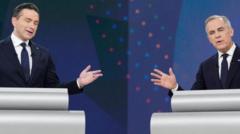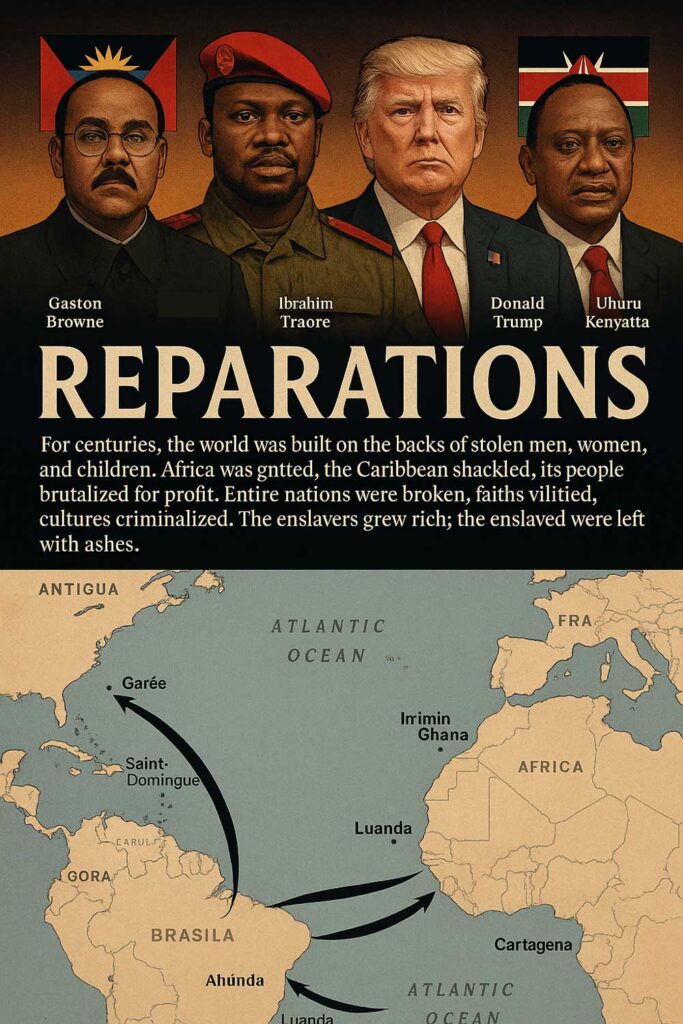The leaders of Canada's four primary political parties recently participated in their second and final debate before the upcoming general election, with the shadow of U.S. President Donald Trump looming large. Liberal leader Mark Carney, who has been leading in the polls, faced scrutiny as opponents Conservative leader Pierre Poilievre, New Democratic Party leader Jagmeet Singh, and Bloc Québécois leader Yves-Francois Blanchet challenged him on various topics, including trade with the U.S., housing affordability, and environmental policies.
Each leader had notable moments during the debate. Carney's opponents exploited the unpopularity of his predecessor, Justin Trudeau, emphasizing how past mistakes would impact Carney's leadership. Poilievre highlighted the "lost Liberal decade," referencing issues like high living costs and housing. Blanchet questioned Carney’s claims of being different from Trudeau, pushing him to demonstrate his ability to lead effectively.
An important theme was how to effectively manage ongoing trade tensions with the Trump administration. Carney advocated for a shift from the “dollar-for-dollar” tariffs approach to strategies that more specifically target U.S. economic weaknesses while minimizing Canadian damage. He noted that the U.S. economy dwarfs Canada’s, acknowledging the complexities of negotiating with a more dominant trading partner.
The debate also provided insights into the varied political landscape of Canada, with Poilievre promoting a vision of reduced government and lower taxes, while Singh pushed for expanded social programs. Carney’s centrist approach suggested that government has a significant, but limited role. Blanchet uniquely focused on the distinct needs of Quebec, further illustrating the diverse political perspectives present among voters.
Minor parties also sought visibility in a race increasingly dominated by the Conservatives and Liberals, with Singh's New Democrats struggling to maintain their relevance. Recent polls have indicated that they could lose a substantial number of seats. Singh attempted to assert his party's stance as the choice for left-leaning voters amidst the competition.
Despite some spirited dialogues, the leaders maintained a relatively civil tone throughout the debate, contrasting with the aggressive nature of political debates seen in other countries. This civility was particularly noted when Carney opted for restraint during heated exchanges, stating, "I'll be polite,” which contributed to a more cordial atmosphere overall.
With Canadians heading to the polls soon, this debate provided critical insights into the policies and personalities that could shape the nation’s future.





















